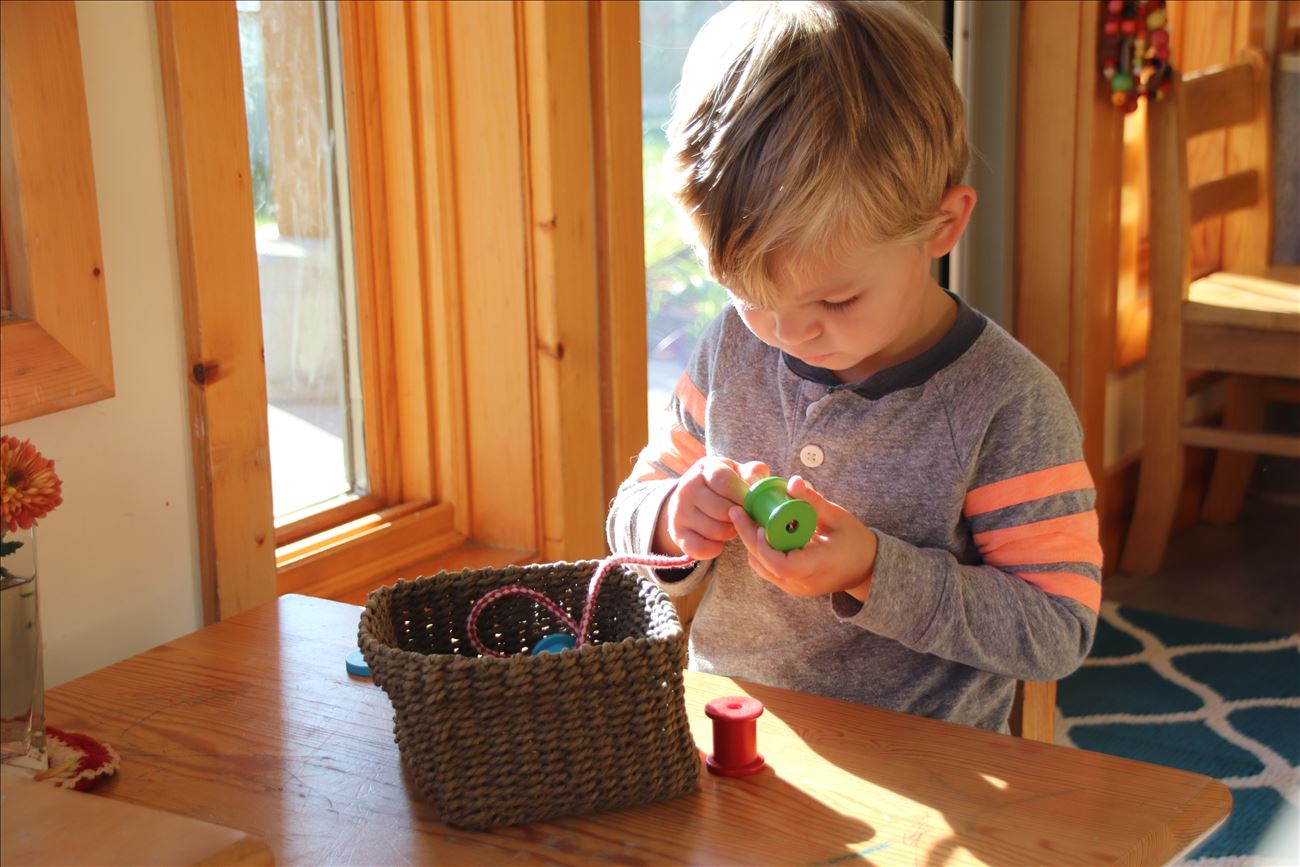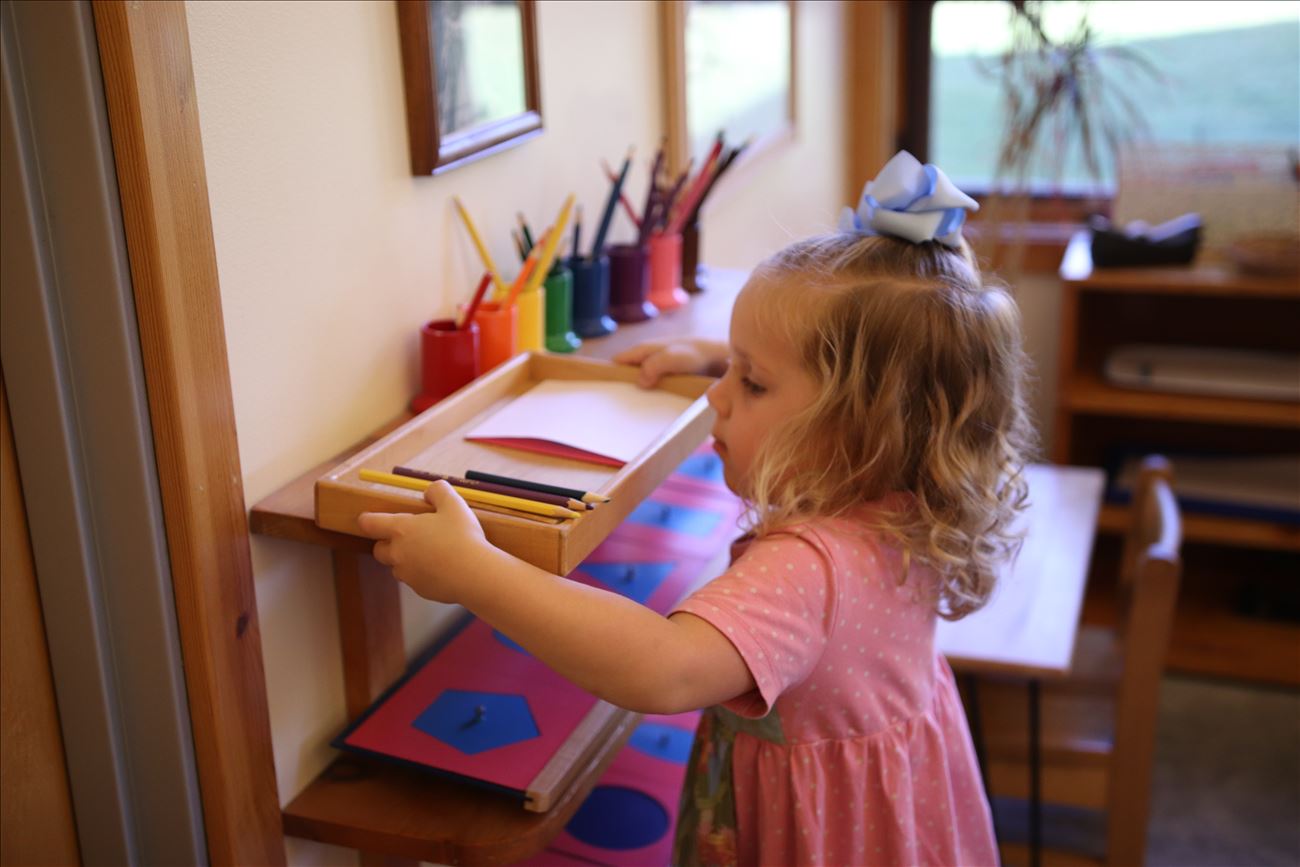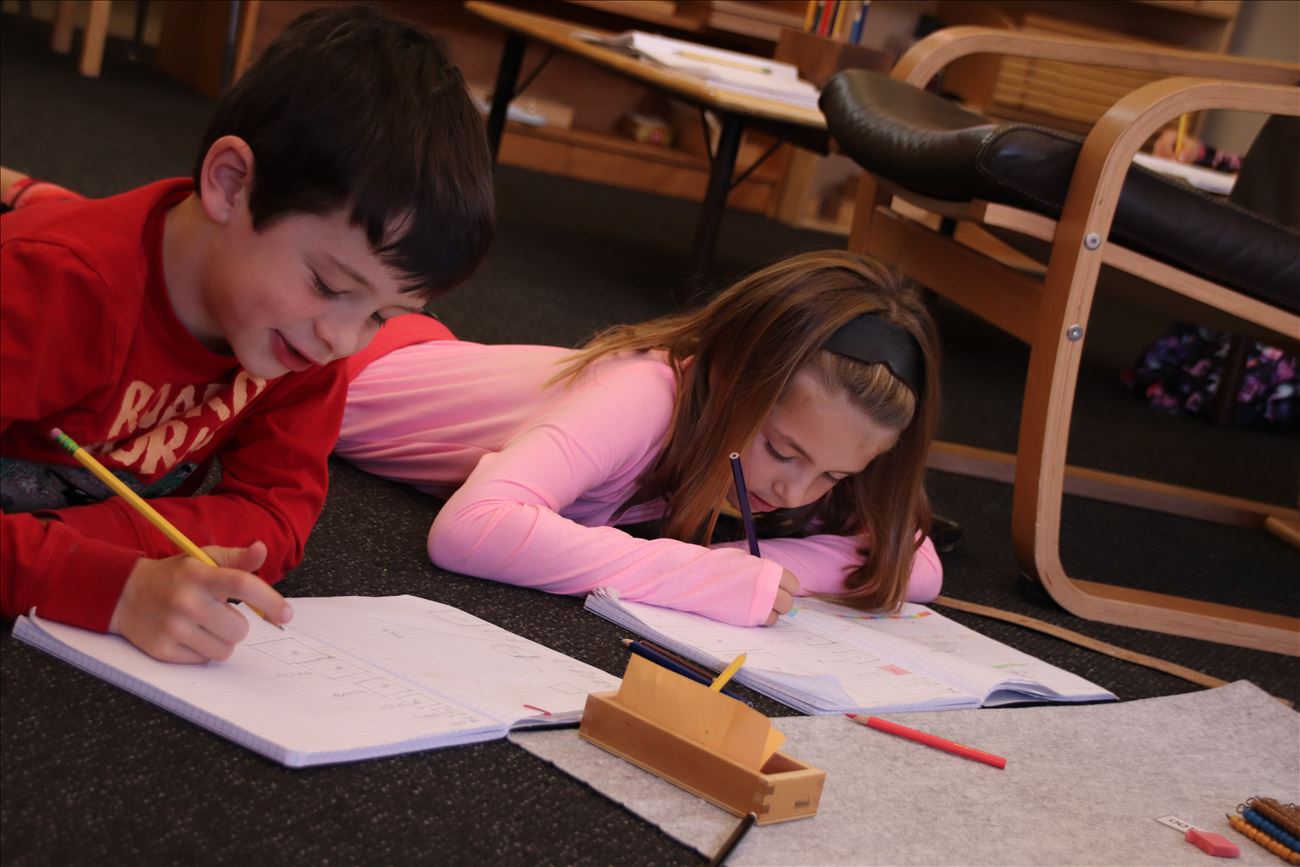The Montessori work cycle happens in every prepared environment at The Children’s House. Depending on the age group, the work cycle can last from two to three hours in the morning and an additional period of time in the afternoon.
Why is this work cycle so important for the children?
Engagement.
The work cycle is when deep concentration and learning occurs. Children have the opportunity during this period of time to choose activities and work, uninterrupted, to the point of self-satisfaction. Sometimes, that activity may last just a few minutes, and other times, several hours. If the child is using the material for its intended purpose, adults do not arbitrarily end the child’s engagement with an activity.
At each developmental level the work cycle looks a little different.
In the early childhood years, children are typically offered presentations on an individual basis by the teacher during the work cycle. Children work at individual tables or rugs, using the material until they feel satisfied before replacing it on the shelf.
During the elementary and adolescent years, students join in small group presentations. Because children of this age require a great deal of socialization, activity typically happens collaboratively with peers. Students keep work logs and meet regularly with their guide one on one to ensure progress is being made with academic expectations.
At every age group, Montessori guides are keen observers of student work choices. They keep careful notes on each child’s activity during the work cycle and plan lessons accordingly. They also make note when a child seems to be avoiding particular activities and may give a follow up lesson on a material or invite the child to get support from a peer.
Ultimately, the uninterrupted work cycle offers children the opportunity to engage deeply in work, and to develop a sense of independence and confidence. The children learn to love learning because of the freedom they are given to choose what is of highest interest to them. Creating an environment where students can become passionate learners who go out in the world to make a difference doing what they love, is precisely what we aim for.


